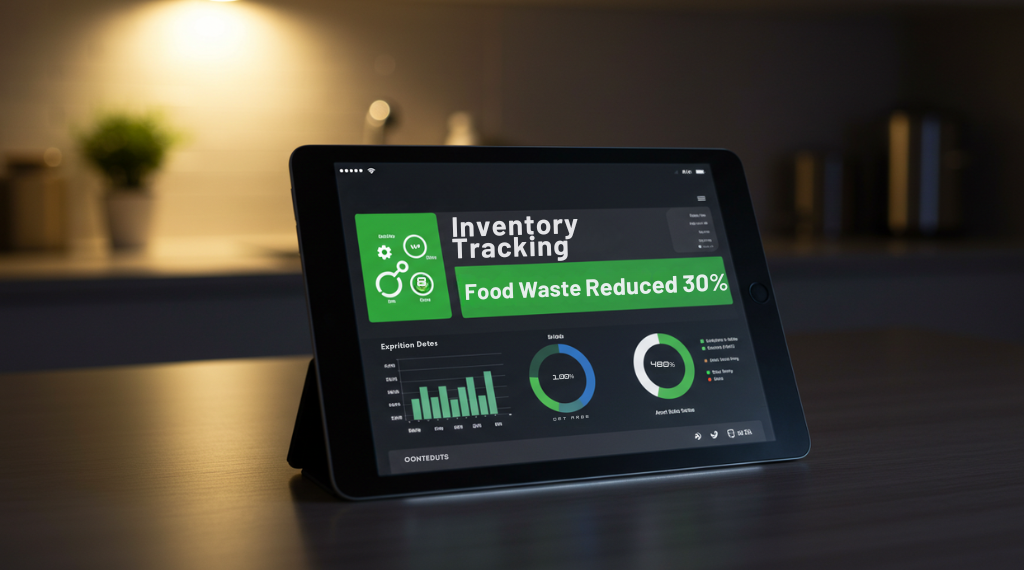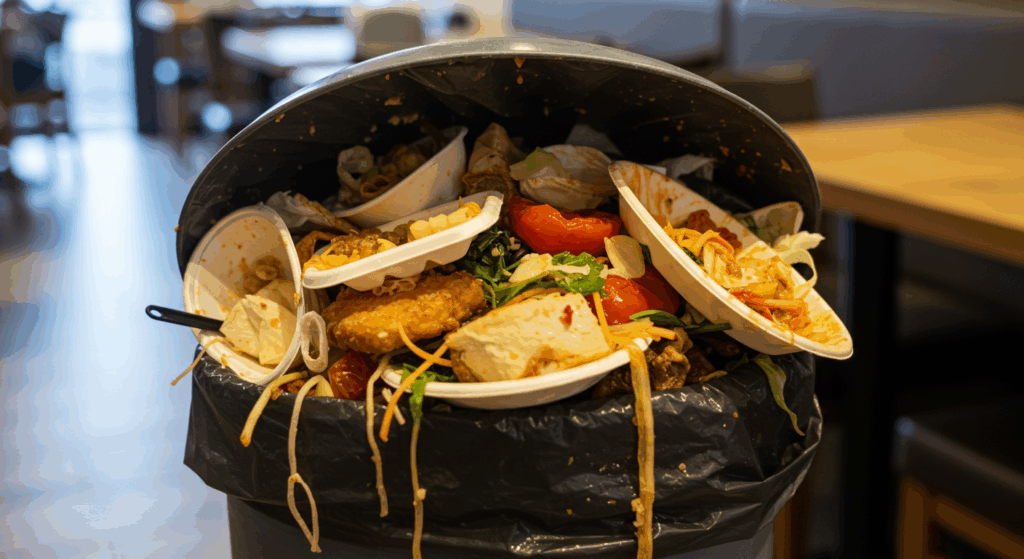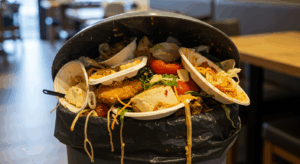The Hidden Cost of Food Waste in Restaurants
Food waste doesn’t just hurt the planet — it drains restaurant profits too. According to the Food and Agriculture Organization (FAO), the food service industry wastes over 17% of all food produced worldwide each year. For restaurants, this translates into billions of dollars lost annually.
The average restaurant loses 4–10% of its purchased food before it ever reaches the customer’s plate. That’s money literally going into the trash.
In this article, we’ll uncover the hidden cost of food waste, why it happens, and how smart inventory management can turn waste into savings.
1. The True Cost of Food Waste
Food waste impacts restaurants in multiple ways:
-
Direct Financial Loss: Every wasted dish is wasted ingredients, prep time, and labor.
-
Rising Disposal Costs: More waste = higher garbage collection and disposal fees.
-
Customer Perception: Guests are increasingly aware of sustainability. Seeing waste can harm brand image.
-
Environmental Impact: Restaurants contribute significantly to global carbon emissions through discarded food.
📊 Stat: The average U.S. restaurant loses $1,600 per seat annually due to food waste (ReFED, 2023).
2. Why Do Restaurants Waste So Much Food?
Common causes of food waste in restaurants include:
-
Over-Ordering Inventory: Buying more stock than needed, often due to poor forecasting.
-
Inaccurate Portion Sizes: Oversized meals that diners don’t finish.
-
Menu Complexity: Too many dishes require unique ingredients, leading to spoilage.
-
Human Error: Mistakes in prep or order handling.
-
Poor Tracking Systems: Manual spreadsheets or guesswork that don’t reflect real-time needs.
3. The ROI of Cutting Food Waste
Reducing waste isn’t just eco-friendly — it’s highly profitable.
-
Every $1 invested in food waste reduction saves $7 in operating costs (World Resources Institute).
-
Restaurants that adopted smart inventory tracking reported 15–30% reductions in food waste.
-
Cutting waste improves margins instantly — no need to increase sales volume.
💡 Example: A steakhouse in New York saved $25,000 annually by using automated stock alerts to prevent spoilage.
4. How Inventory Tracking Saves Thousands

① Real-Time Stock Monitoring
Know exactly what’s in storage, what’s running low, and what’s at risk of expiring.
② Predictive Ordering
Use historical sales data to forecast demand — no more overstocking.
③ Portion Control Tools
Track actual vs. ideal portioning to reduce plate waste.
④ Automated Alerts
Get notified before ingredients spoil or when trends suggest reordering.
⑤ Integrated Analytics
See how waste reduction directly boosts profitability in reports.
5. Manual Tracking vs. Smart Systems
| Factor | Manual Tracking (Excel/Logs) | Smart Inventory System |
|---|---|---|
| Accuracy | High error risk | Real-time updates |
| Time Investment | 3–5 hrs/week | Automated tracking |
| Spoilage Prevention | Reactive | Preventive |
| Cost Savings | Limited | Up to 30% reduction |
6. Case Studies: Real Restaurants Saving Big
-
Tapas Bar, Miami: Reduced spoilage by 28% using real-time stock tracking.
-
Fast Casual Chain, London: Saved £50,000 yearly by aligning inventory with predictive sales.
-
Café in Singapore: Cut waste by 20% after switching from manual logs to an AI-driven inventory system.
7. FAQs
Q: Isn’t inventory tracking software too expensive?
A: Most systems pay for themselves within 3–6 months through reduced waste.
Q: Do small restaurants benefit too?
A: Yes — even a café with 40 seats can save thousands yearly by cutting waste.
Q: How do I start reducing waste right now?
A: Begin by tracking what’s thrown away most often. Then adopt digital inventory tools, i.e, Dinepro, for accuracy and forecasting.
Conclusion
The hidden cost of food waste is more than an environmental issue — it’s a profitability killer. By investing in smarter inventory tracking, restaurants can save thousands, improve margins, and strengthen their sustainability credentials.
In today’s competitive dining landscape, every plate saved is money earned.




